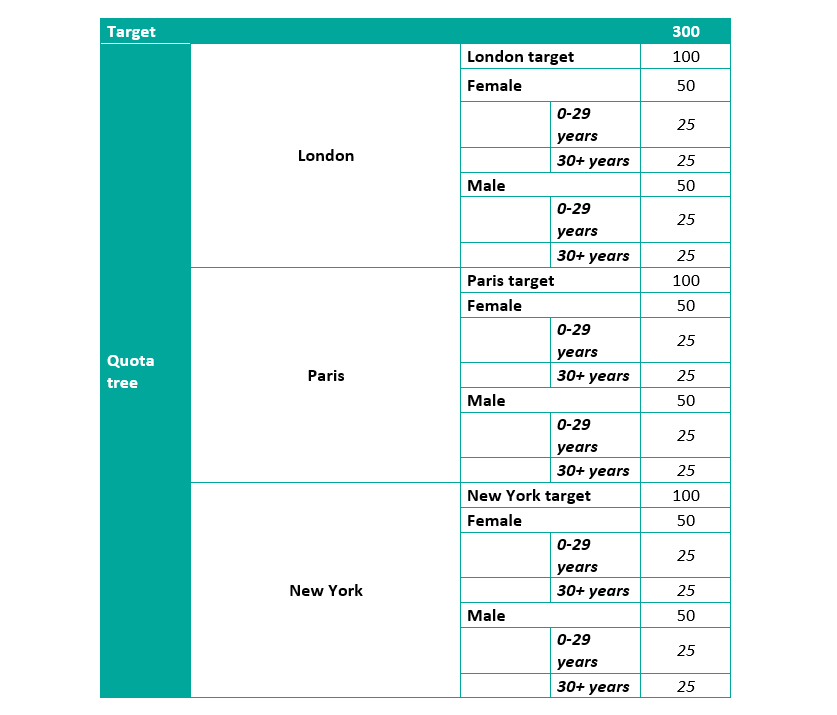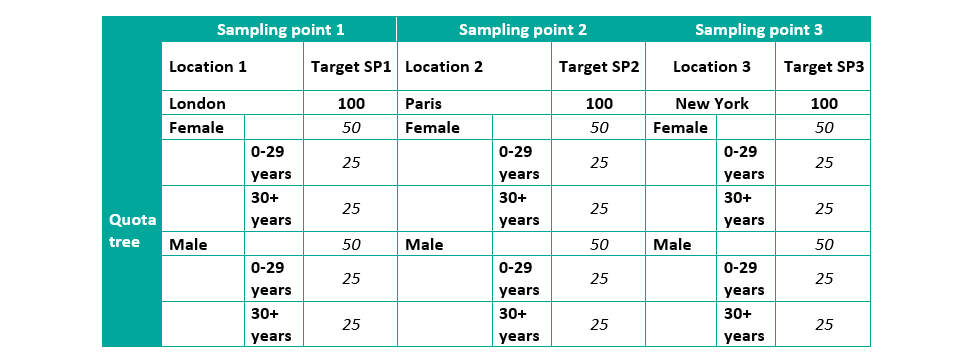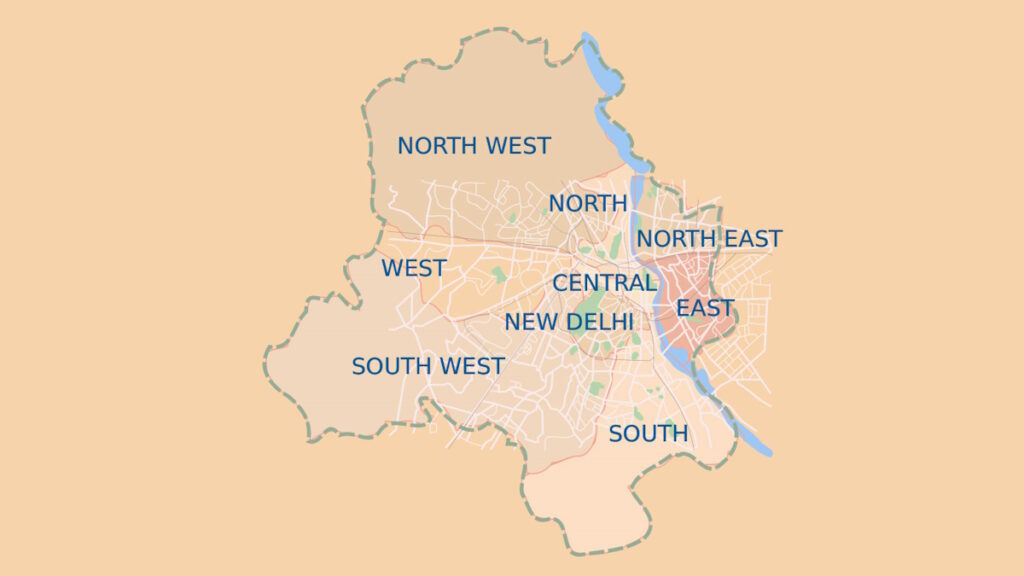Sending interviewers to targeted locations requires specific distribution options within the software itself, all of which can be found within Nfield CAPI. Have you already heard about sampling points?
Sampling points help you organize the fieldwork
In face to face interviewing, we refer to sampling points when talking about survey distribution. So what are sampling points?
From a technical perspective, sampling points are a way of categorizing interviews into certain groups (points). Categories could literally be anything: streets, areas, cities, or even experienced interviewers in one sampling point and less experienced interviewers in another.
In practice, sampling points are commonly used for a geographical distribution of interviews. The usage of sampling points helps you
- assure a geographical representativeness of the survey
- simplify the quota frame
- control the fieldwork and targets better.
Thanks to sampling points it’s easy to assign interviewers to interviews and control your fieldwork!
The geographical categorization helps to divide and manage the fieldwork and survey targets because interviewers may live in different areas or because you need to find respondents across a number of areas.
For example, when working on an international project involving many countries (offices worldwide), one sampling point could be one country (one office) with many interviewers.
Or in another case, when working on a local project, the town could be divided into parts with each one assigned to a different interviewer as a sampling point.
Nfield CAPI offers various scenarios
The following examples are theoretical and meant to explain you the main differences.
1. Surveys without sampling points and without quota
Non-geographical distribution is defined and your interviewers can ask anybody and anywhere.
Typical situation: polls
Example 1 without quota and sampling points actually means no table at all.
2. Surveys without sampling points and with quota
Non-geographical distribution is defined by sampling points, but please note that a quota frame can still be used for geographical distinction. The fieldwork is controlled through the total target that is placed in the software.
Typical situation: the interviewers who live in different cities interview people who are randomly passing by
Example 2 with quota, but no sampling points

3. Surveys with sampling points and quota
Geographical locations with the targets as the sampling points (Amsterdam East, Amsterdam West, Amsterdam South) need to be uploaded first, and then a quota frame with sample characteristics (female, male) should be set up. The fieldwork should be controlled through sampling points, not the total target. The sum of the sampling points targets is your total target, but having the total in the software does not help you control the fieldwork better.
Typical situation: a complex set-up used for international or national projects when a detailed distribution is needed
Example 3.1. with sampling points and quota, less items

Example 3.2. with sampling points and quota, more items


